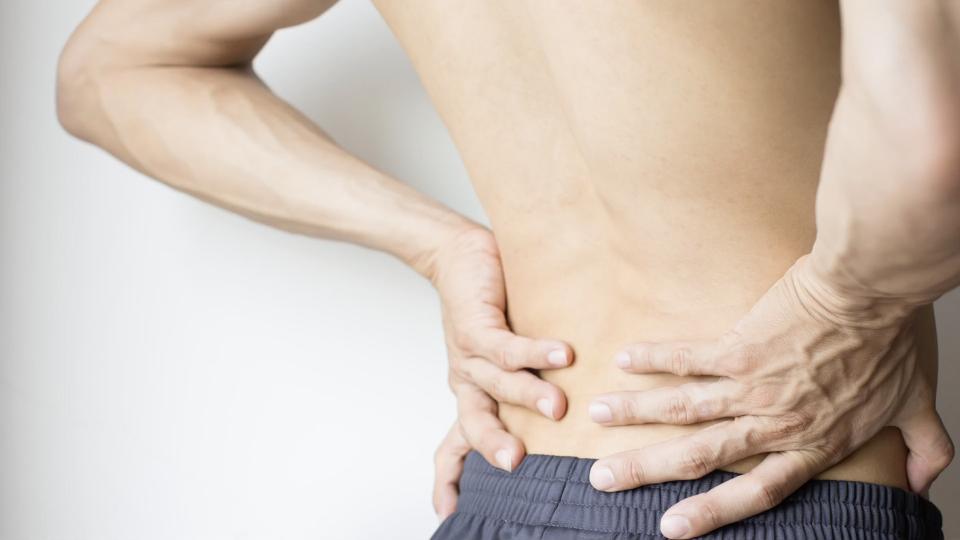If you’re experiencing back pain, it’s hard to know what you can do to ease your pain — and how to not make it worse. In fact, some things you should avoid when you have back pain might surprise you. We spoke with Lata Kumaraswamy, DO, an HonorHealth physical medicine and rehabilitation physician, who outlined several things to avoid when your back hurts, as well as things you can try that might help ease your pain.
1. Avoid bed rest.
When your back hurts, lying down might seem like a good plan. Unfortunately, if you aren’t moving around and stretching out your muscles, it can make you stiff and actually increase your pain.
“The muscles in your low back may become weak with bed rest,” says Dr. Kumaraswamy. “Being active by doing your normal daily activities, engaging in low impact exercises like hamstring stretches, gentle low back exercises, a walking program or structured exercise program with physical therapy may help. This can assist with strengthening your muscles and spinal stability.”
2. Don’t sleep on your stomach.
When you sleep on your stomach, it increases pressure on your spine and joints and flattens the natural curve of your spine. You also have to turn your neck when you sleep on your stomach, which can lead to neck pain over time.
3. Stop lifting heavy things or twisting your back.
This one might seem obvious, but some people simply push themselves too hard. If you’ve strained your back and are dealing with pain, you need to give it time to heal. Lifting and twisting will only prolong your back pain.
4. Refrain from repetitive bending or stooping.
“These repetitive motions can further injure the muscles, tendons and ligaments,” says Dr. Kumaraswamy. “It can increase the pressure on your discs in the low back as well, which can result in more pain.”
If you need to bend over to pick something up, Dr. Kumaraswamy encourages proper bending techniques to help minimize your back pain. “For example, bend only at the knees and hips instead of at the waist, and avoid twisting your back when bending to reach for something.”
5. Avoid sitting for long periods of time.
Much like avoiding best rest, it’s important to keep yourself moving. Get yourself up, move around and stretch. It’s going to pay off over time as your muscles and spine loosen up.
6. Avoid certain exercises.
“When your back hurts, it’s not the time to be doing sit-ups, leg lifts, toe touches, high impact exercises or weight-lifting,” says Dr. Kumaraswamy. “Certain sports like golf, racquet sports and running should also be avoided until your back returns to normal.”
What should you try to find relief?
“When you’re dealing with lower back pain, doing regular stretching exercises can help maintain your posture, strengthen your back and abdominal muscles and improve flexibility,” says Dr. Kumaraswamy. “You should also continue to be active because movement relieves muscle spasms and prevents loss of muscle strength.”
Over-the-counter medications, like nonsteroidal anti-inflammatory medications or acetaminophen, may provide some added relief, as can certain pain-relieving creams, gels, patches or sprays. Alternating between ice and heat can also help.
“If you have to sit or drive for long periods of time, place a small pillow, lumbar roll or rolled towel behind your lower back,” says Dr. Kumaraswamy.
If your pain persists for a few weeks despite conservative treatment, it’s best to see a physical medicine and rehabilitation specialist, so you can get on a path toward recovery. You should also see a specialist if:
- Symptoms wake you up at night
- Back pain moves into your legs
- Back pain is from an injury
- You experience numbness, tingling or weakness in your legs

